Tempohomes
Since 2014, the so-called “refugee crisis” in Germany has led to a variety of practical attempts at learning by city administrations and civil society in order to overcome the action and administrative crisis at local and national level. Instead of keeping refugees as invisible as possible as a societal fringe issue, municipalities were increasingly forced to treat the planning of accommodation as a core strategic issue. High expectations were aimed primarily at architects in planning cheap and quick-to-build living space. The so-called “Tempohomes” are part of the variety of new approaches and practical tests in Berlin. Between 2015-2017, a total of 18 locations for almost identical Tempohomes were built as temporary accommodation for refugees. The attempt was made to learn from the problems of the earlier container villages and, for example, to include decentralized kitchens and entrance gazebos, common rooms, as well as leisure and sports facilities. But daTempohomes only as short-term solutions for i.d. The first plants will be dismantled as early as 2019. The responsible Berlin “State Office for Refugee Affairs” (LAF) commissioned the Habitat Unit with a comprehensive investigation of the Tempohomes.
How were the locations accepted by refugees and which appropriation practices can be observed? Which socio-spatial and urban planning factors influenced the sometimes very different developments? Which collaborations and / or conflicts arose within and around the Tempohomes? What conclusions can be drawn for future planning? How can locations, infrastructures and containers be reused after the dismantling phase? The aim of the analysis is to formulate concrete ideas and recommendations for action for Berlin and other European cities. The teaching research project is only offered in combination with a scientific specialization within the framework of the DFG-funded research project “Architectures of Asylum: Appropriation Processes in Refugee Accommodation” (SFB 1265 “Re-figuration of Spaces”).
-
CollaborationLandesamt für Flüchtlinge in Berlin (LAF)
-
DepartmentInternational Urbanism and Design (Habitat Unit)
-
UniversityTechnische Universität Berlin
-
Year2018/2019
-
TypeResearch-Oriented Studio

-
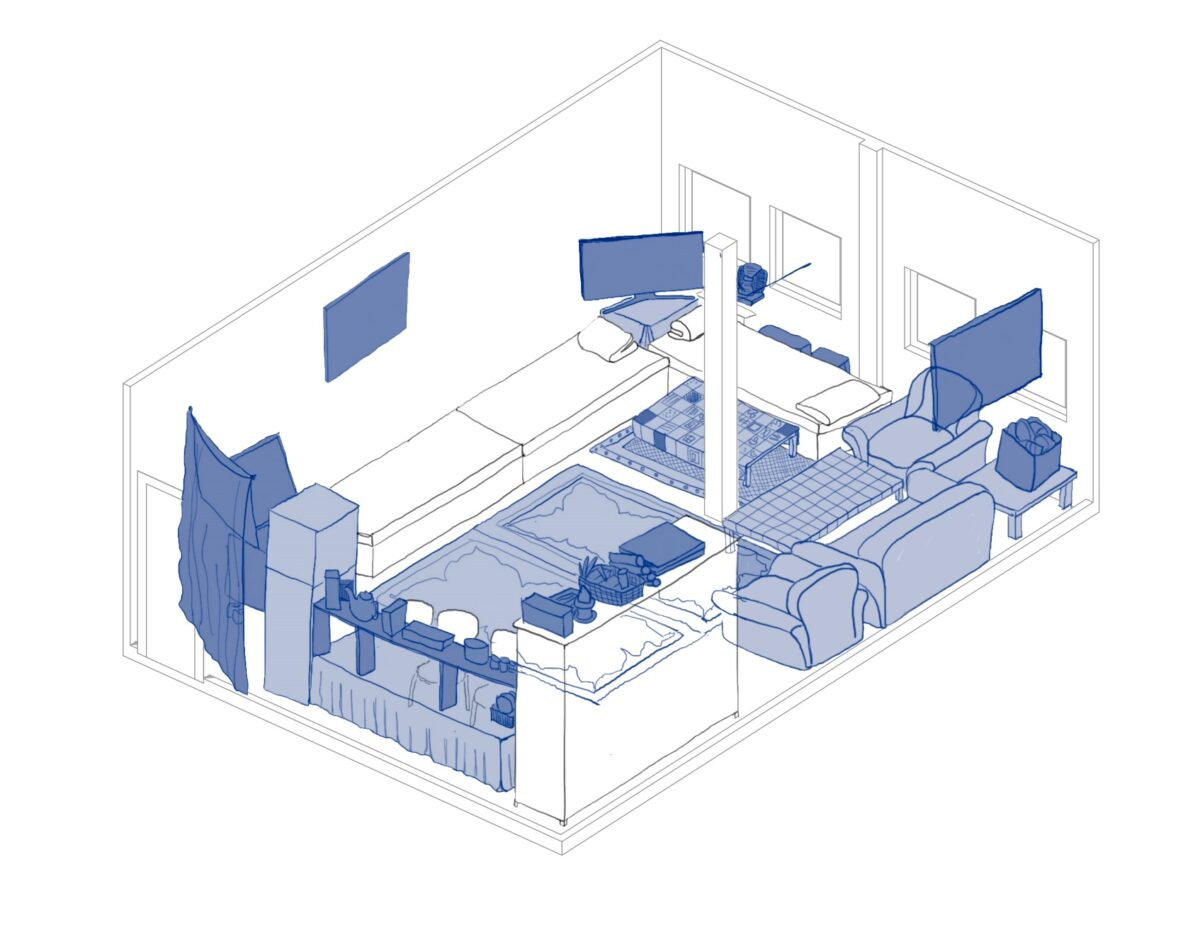 An appropriated room by an Afghani family in Refugium Buch (Courtesy to: Antonia Noll)
An appropriated room by an Afghani family in Refugium Buch (Courtesy to: Antonia Noll) -
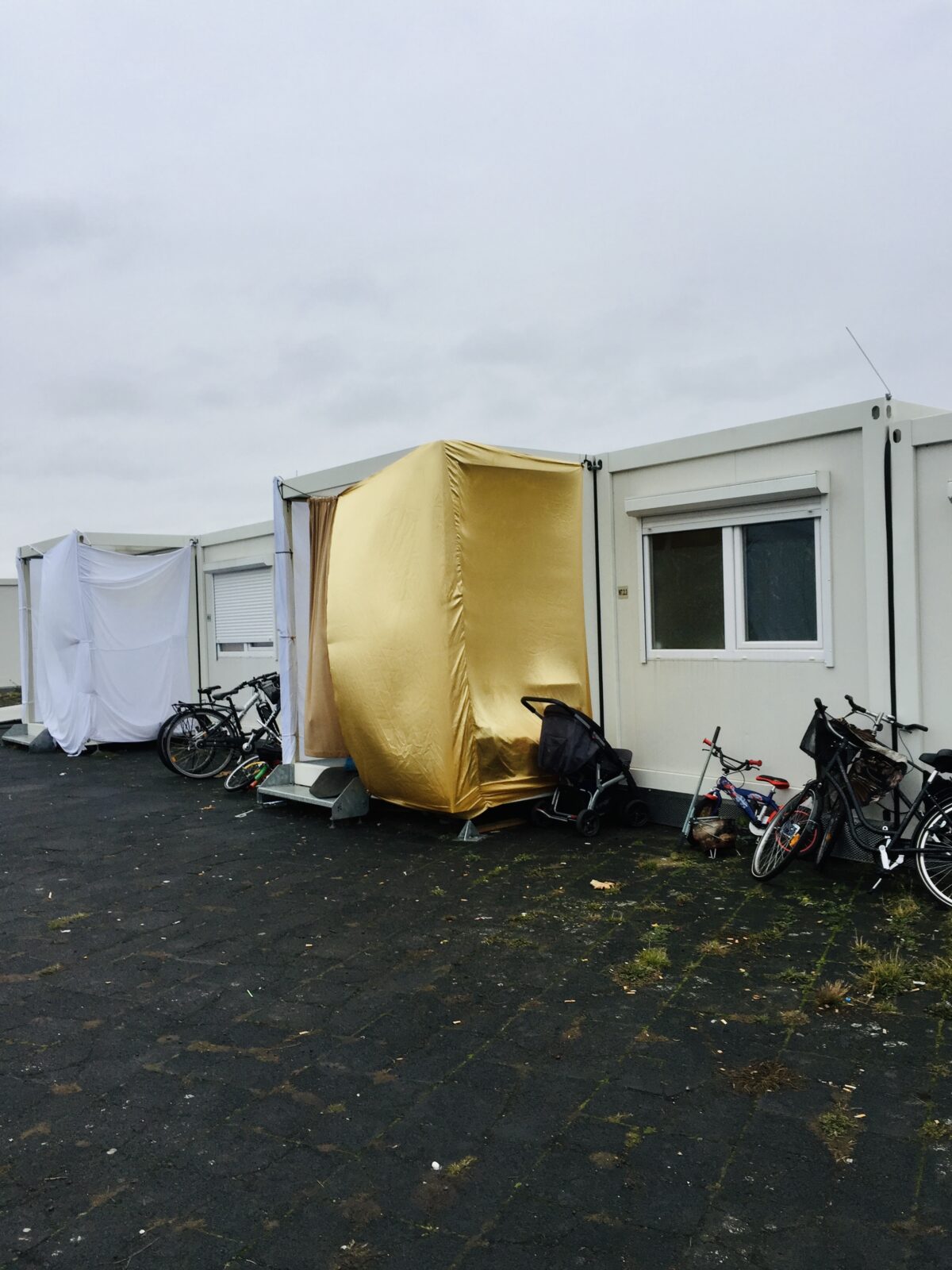 An appropriated porch for additional privacy in the Tempohome near Tempelhoferfeld (Coursey: Fiona Zimmer and Christine Feistl)
An appropriated porch for additional privacy in the Tempohome near Tempelhoferfeld (Coursey: Fiona Zimmer and Christine Feistl) -
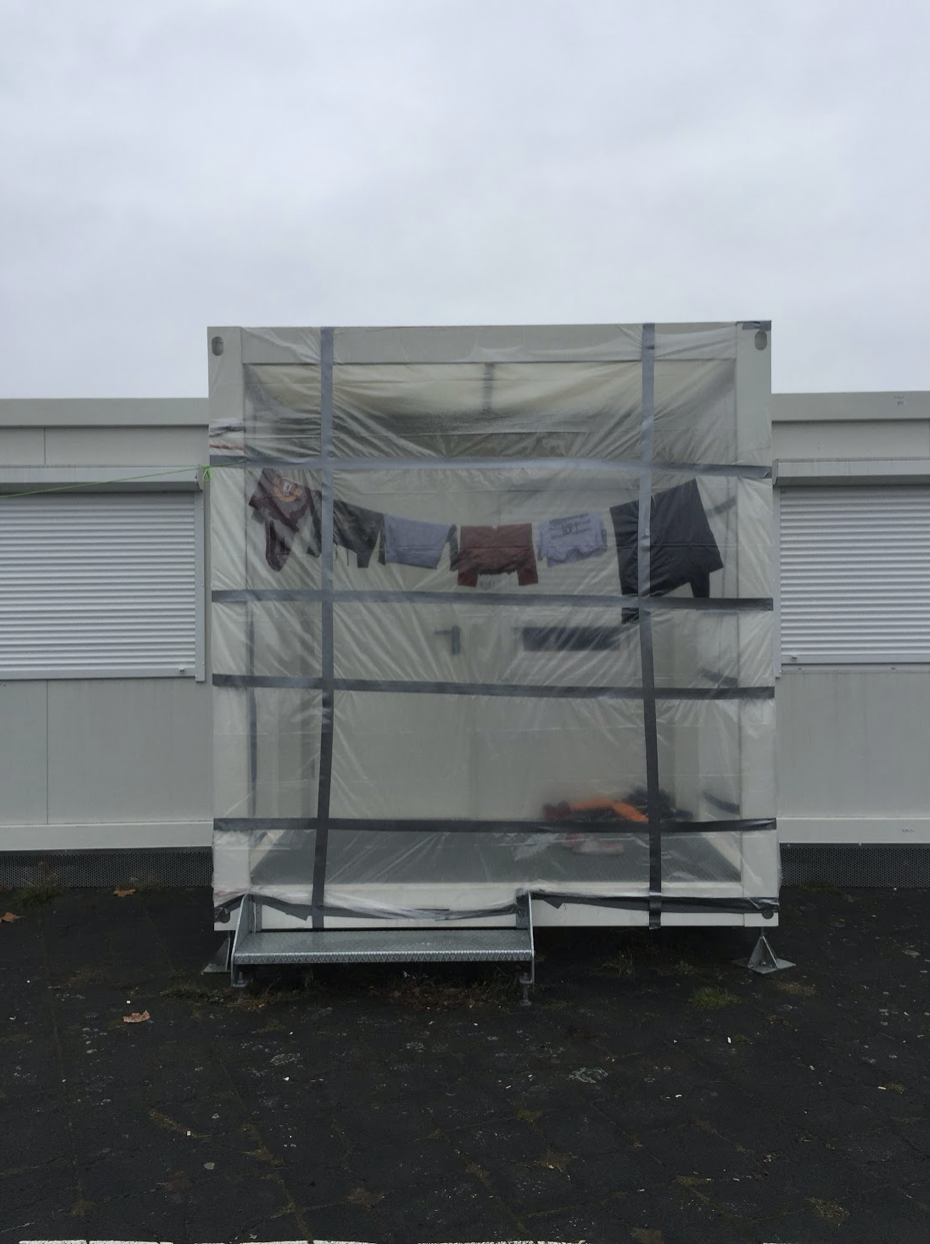 An appropriated porch for additional privacy in the Tempohome near Tempelhoferfeld (Coursey: Fiona Zimmer and Christine Feistl)
An appropriated porch for additional privacy in the Tempohome near Tempelhoferfeld (Coursey: Fiona Zimmer and Christine Feistl) -
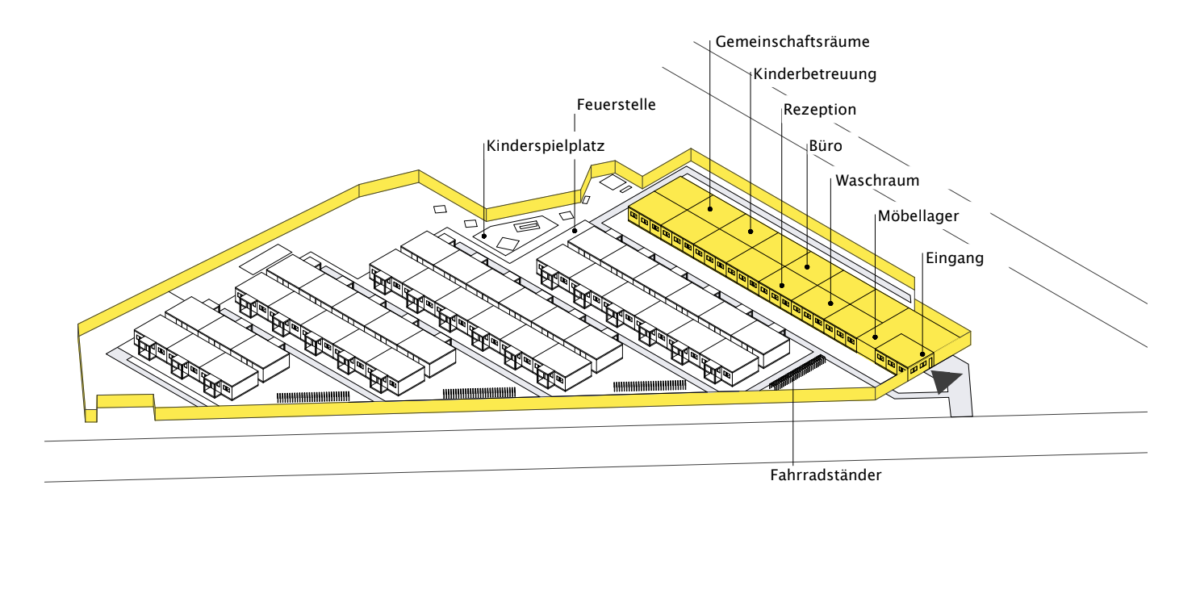 An aerial view on one of the Tempohomes in Berlin (Courtesy: Jacquline Behrnd and Jacquline Kuhn)
An aerial view on one of the Tempohomes in Berlin (Courtesy: Jacquline Behrnd and Jacquline Kuhn) -
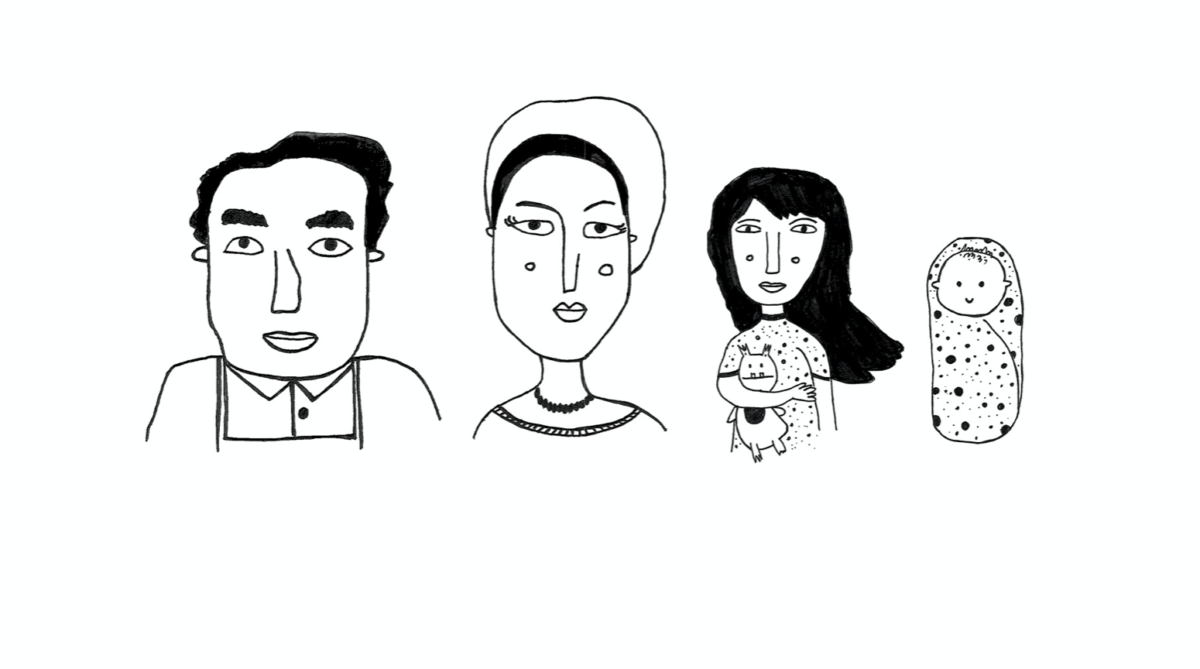 Portrait of a refugee family from Tempohomes (Courtesy: Jacquline Behrnd and Jacquline Kuhn)
Portrait of a refugee family from Tempohomes (Courtesy: Jacquline Behrnd and Jacquline Kuhn)